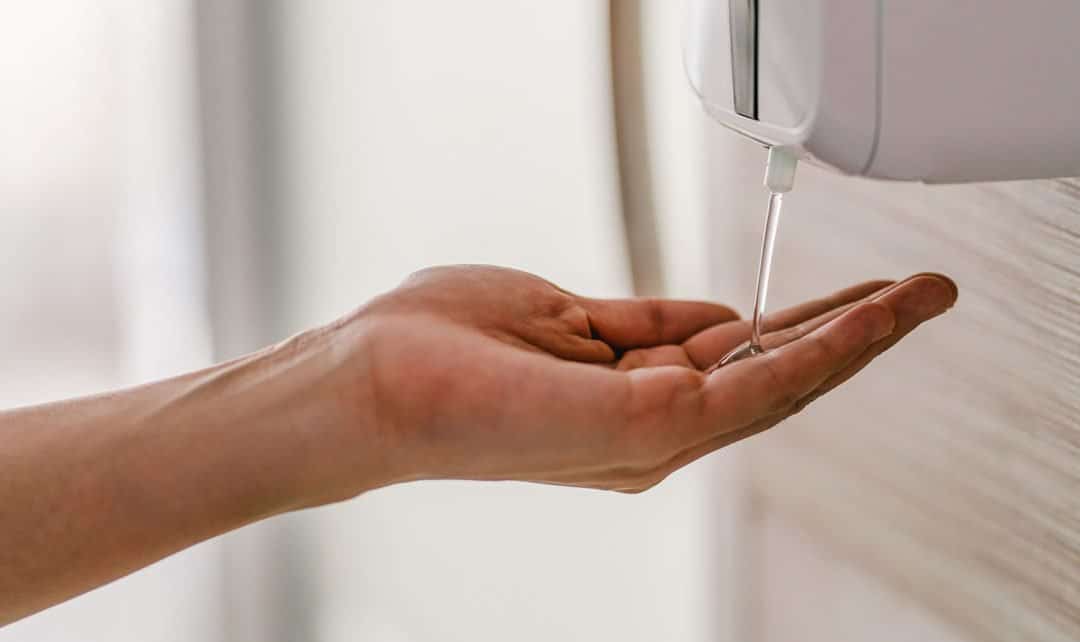Clean it and they will come. Don’t and it could cost you your business.
If a customer, client or guest looks into your business and doesn’t think it’s safe to venture inside, chances are they won’t. If an employee has to return to work and it doesn’t look safe, they likely won’t be comfortable and that could affect productivity. That’s why businesses need to figure out their best return to work plan now.
Facilities need to be prepared for the challenge of the new normal, says Jarrett Rose, VP sales, strategic accounts, at Citron Hygiene. The Markham, Ont.-based company has provided workplace and washroom hygiene services for more than 45 years.
“Facilities are ill prepared for physical distancing. It’s a huge challenge. Hygiene is more important than ever,” he says.
According to a Leger study conducted in late May, 86 per cent of Canadians are concerned about a second wave of COVID-19 in the fall and more than 50 per cent of Canadians are concerned about leaving their homes and being in public. Angst is top of mind, says Rose, who has more than 14 years of experience in the facility hygiene industry. He also sits on the board of BOMA Toronto and is a contributor to BOMA Canada’s return to work taskforce.
BOMA gathered experts together to create an in-depth guide, Pathway Back to Work: Commercial Real Estate, Coronavirus and Re-entry. It covers everything from building operations to vendors and supplies to the tenant and building community and human resources.
How can you ensure a smooth and safe transition back to work and how can you keep your space as safe as possible in the long term? How do you find and address gaps? How do you address the fears of employees, clients, visitors and guests?
Start with a plan. Proper planning helps mitigate any fears of returning to work.
Some key considerations:
- The building needs to be as contactless as possible, with features such as automatic taps, touchless doors and automatic flush toilets.
- Hand sanitizers need to be placed beside high-touch points and in high-traffic areas, including sometimes forgotten places such as board and lunchrooms.
- Share enhanced cleaning (physical removal of dirt) and disinfection (using Health Canada-approved products) awareness standards to make people feel comfortable.
To offer guidance and direction, Citron Hygiene is sharing its reopening checklist.
Most buildings had some hand sanitizer placement but have gaps, and companies such as Citron help identify and fill those gaps.
Realize that when you change something, you can create issues in the back end, things you may not have thought of, Rose says. For example, people wear face coverings and gloves to work, so they need a place to properly dispose of PPE. The World Health Organization recommends sealed lid containers. And with elevators limited to just a few riders, more people are taking the stairs so railings and doorknobs must be disinfected.
Once the gaps have been identified and filled, it’s important to ensure access to an adequate supply of products and services. Rose says to choose a business partner that has access to supplies so you can open and stay open.
Check those supplies to make sure they are Health Canada-approved (hand sanitizers should contain at least 60 per cent alcohol, for example). Rose says to look for products that have a National Producer Number (NPN) and Health Canada registration.
Citron’s hand sanitizer is 70 per cent alcohol, which is the minimum requirement for hospital use as well, Rose says.
He also says to beware of pretenders – companies that may pop up during these times but don’t have disinfection experience.
When shopping for a hygiene/disinfection company, ask what type of equipment they are using to disperse the disinfectants. Electrostatic sprays wrap around the surfaces, versus a spray bottle in which the product hits the front of the surface but not the back.
Ask about product safety, as well as the downtime involved. Rose says electrostatic systems work instantly, while some applications may result in kill time and delay return to work. Some applications are also “wet” and may not be suitable for use on electronics.
Some companies are arranging a professional disinfecting service prior to opening, with frequency thereafter depending on the specific business. “Some disinfect daily, some every two weeks.”
Citron Hygiene also has a guide outlining what customers should do before and after disinfecting.
Citron, which will do a full assessment, has been helping businesses plan for reopening for the several weeks. Gaps can be identified and filled within a couple of days to a week.
For other checklists, including Citron Hygiene’s Back to Work brochure and a Back to Work webinar, visit www.citronhygiene.com.
Connie Adair is a contributing writer for REM.

















